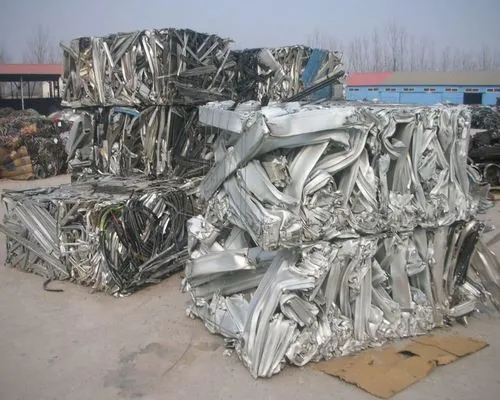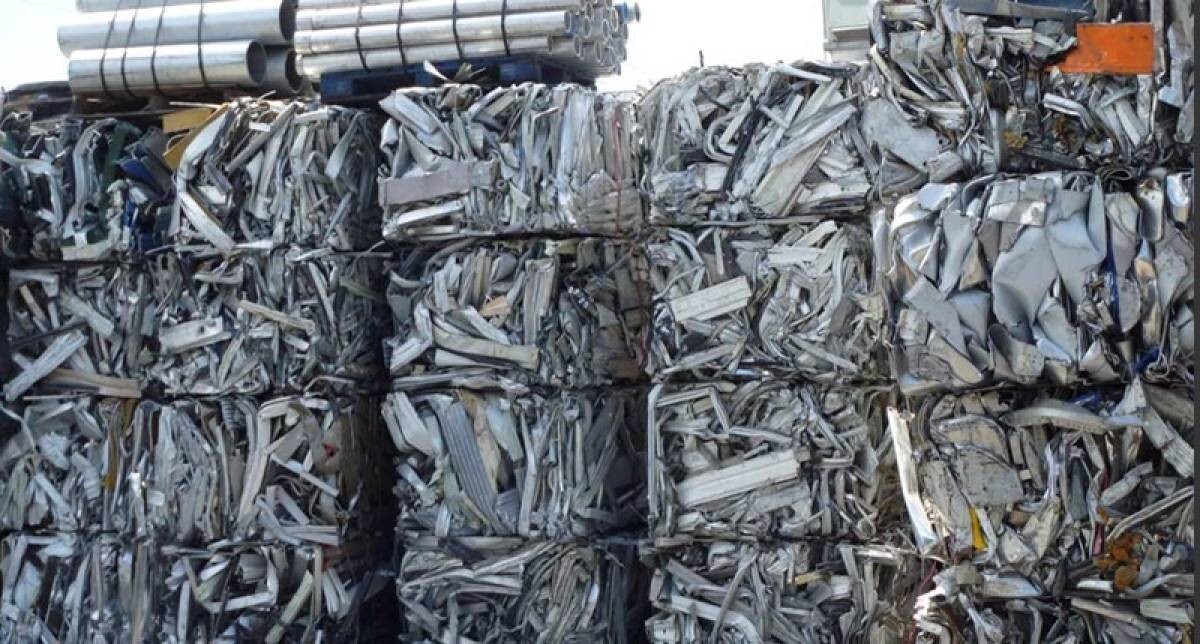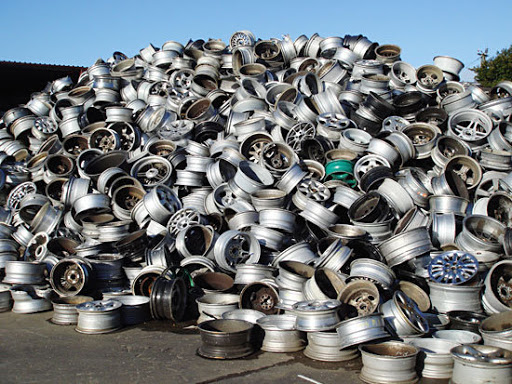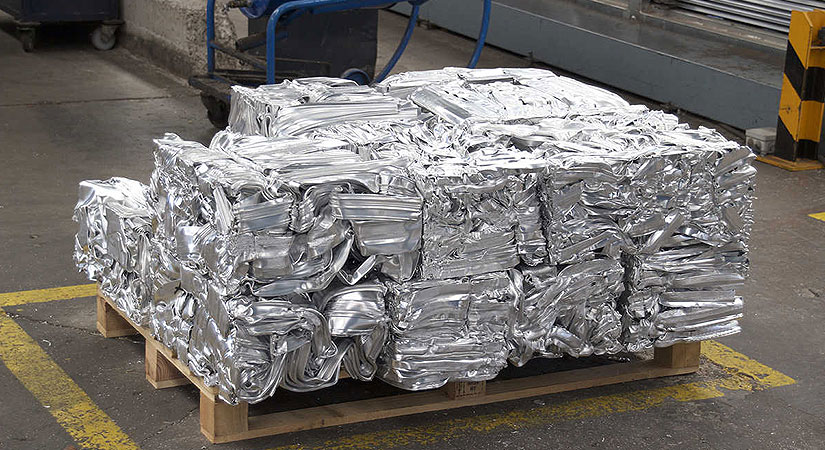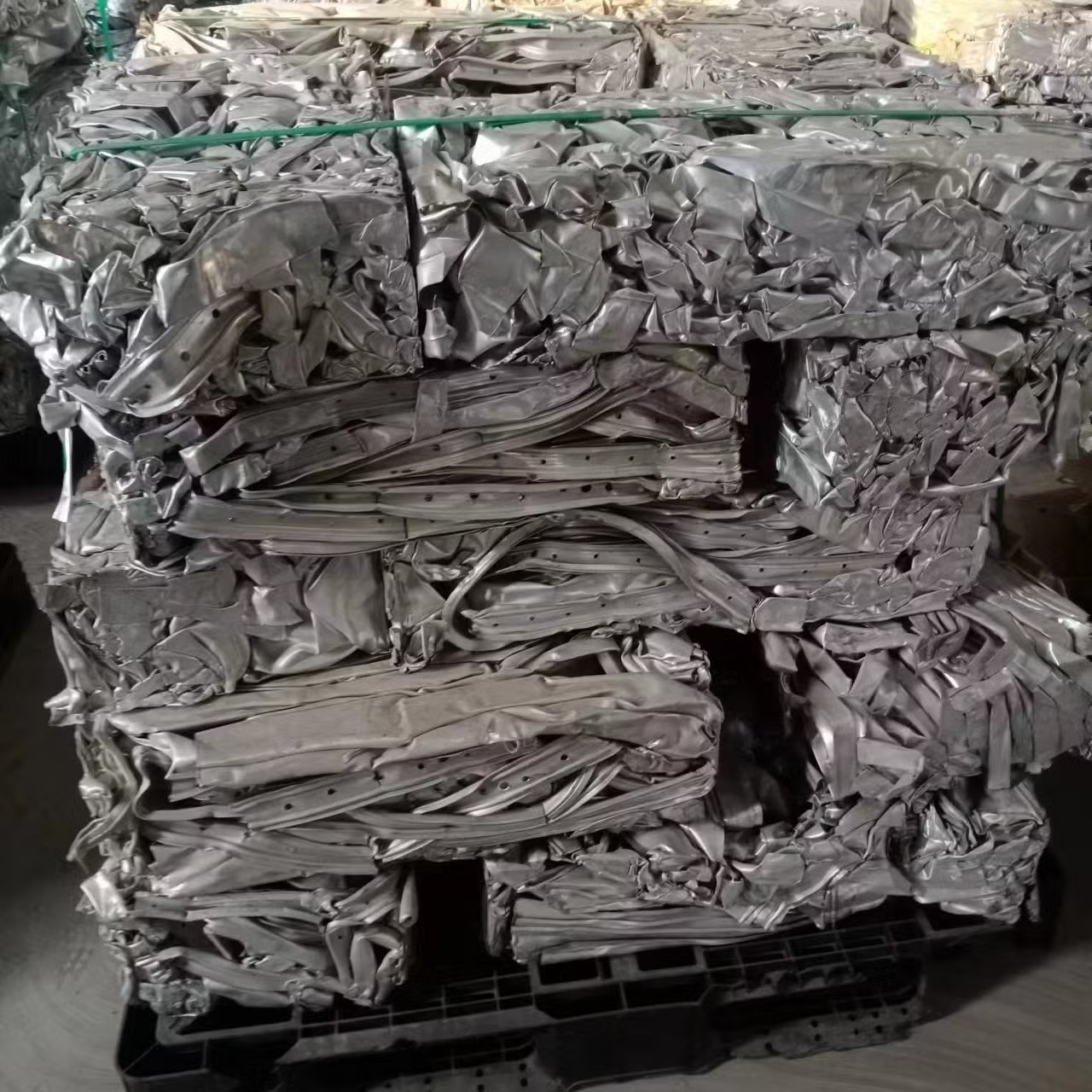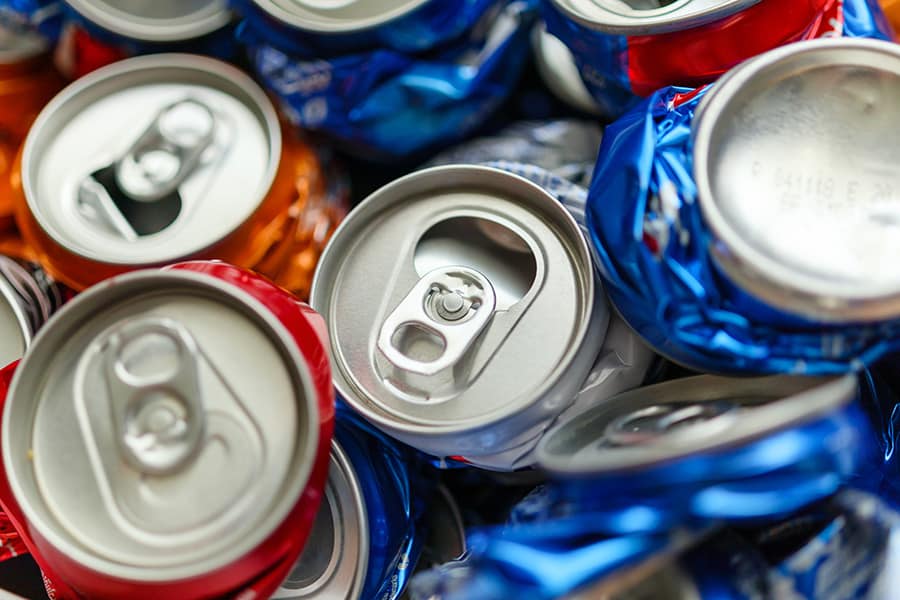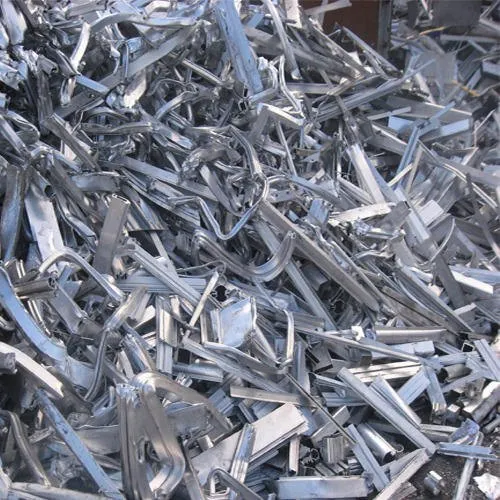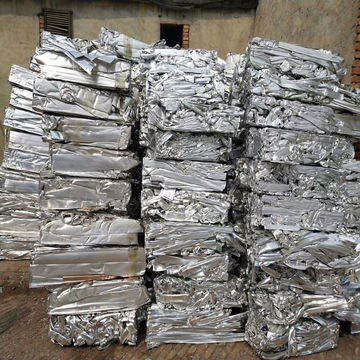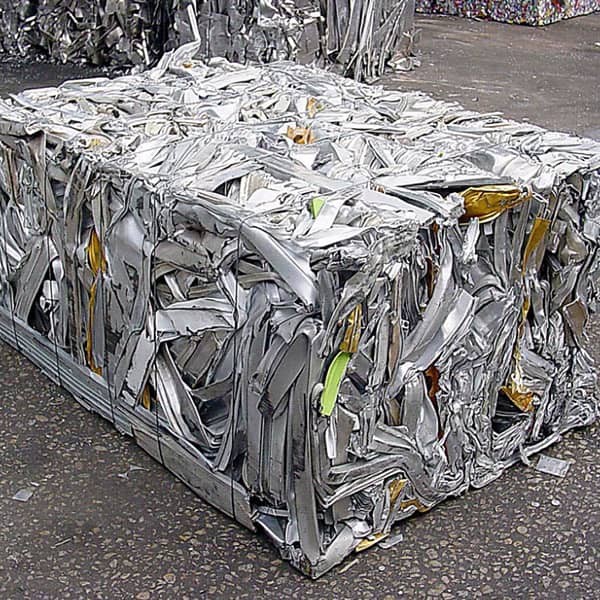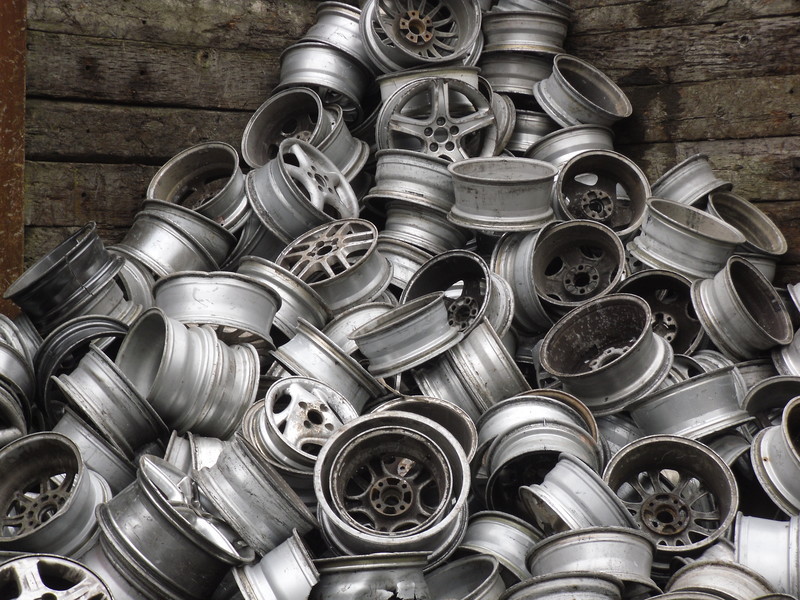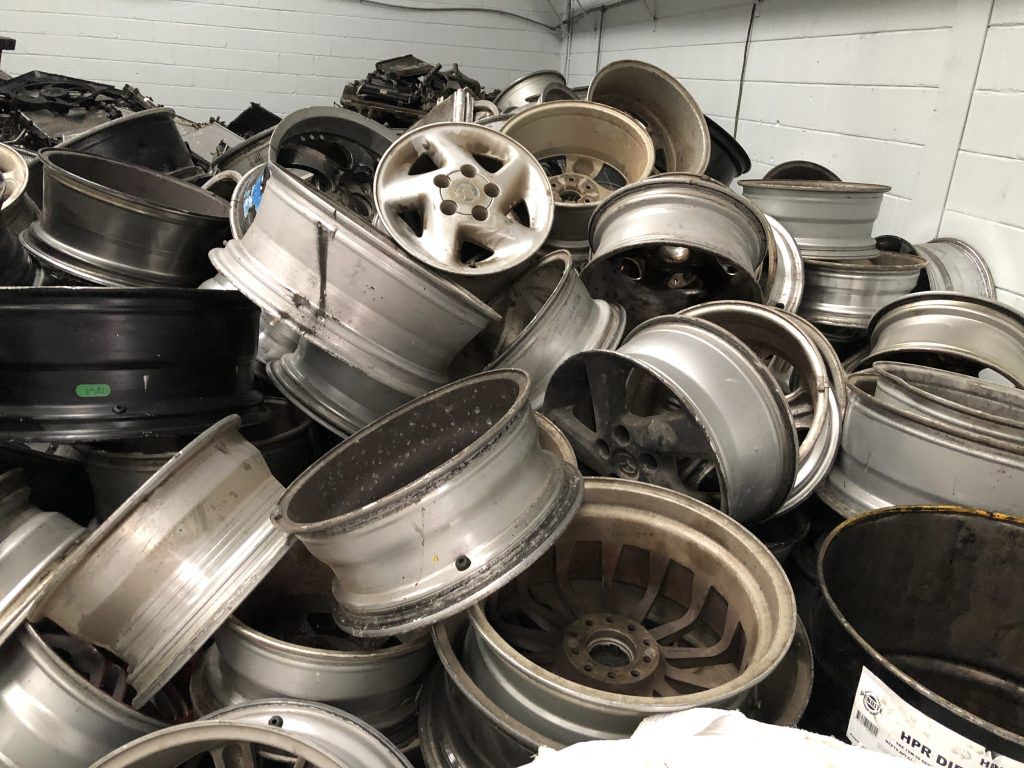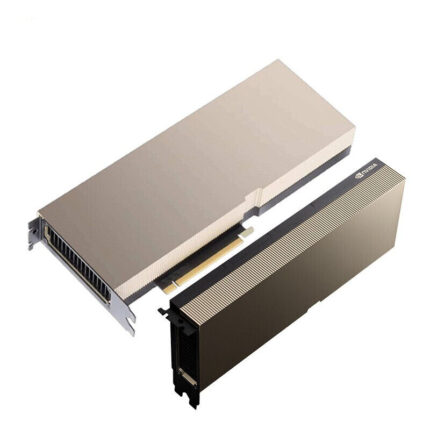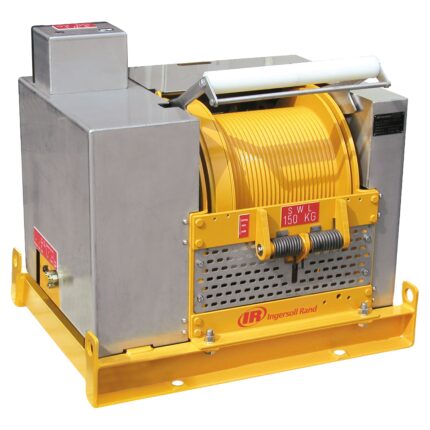Description
Aluminum scrap is an increasingly valuable commodity in today’s recycling industry, as the demand for sustainable materials continues to rise. As one of the most plentiful metals on Earth, aluminum is often found in a wide range of products, from beverage cans to construction materials and automotive parts. The recycling process of aluminum is remarkably efficient; up to 95% of the energy required to produce new aluminum from raw bauxite ore can be saved by recycling. This not only minimizes environmental impact but also reduces the carbon footprint associated with mining and processing new aluminum.
The market for aluminum scrap is influenced by various factors, including global economic conditions, manufacturing demands, and environmental regulations. As industries seek to lower their operational costs and adhere to stricter sustainability guidelines, the importance of aluminum recycling has grown. Scrap aluminum is classified into several categories, including clean scrap, which is uncontaminated, and mixed scrap, which contains various alloys and impurities. Processing these different types of aluminum scrap involves sorting, shredding, and melting, yielding high-quality aluminum that can be reintroduced into the production cycle.
Investors and entrepreneurs are increasingly recognizing the potential of aluminum scrap as an investment opportunity. The global rise in electric vehicle production, for instance, is set to drive demand for lightweight materials such as aluminum, further catalyzing the recycling market. Establishing efficient collection and recycling systems can create jobs and bolstering local economies, while simultaneously contributing to a circular economy where resources are reused and waste is minimized. As awareness of environmental issues continues to grow, the future of aluminum scrap recycling looks promising, paving the way for a more sustainable industrial landscape.

